We use cookies to make your experience better. To comply with the new e-Privacy directive, we need to ask for your consent to set the cookies. Learn more
Post Winter | bringing a horse back into work
While some of us are happy to saddle up come rain, hail or shine. However, most of you will agree that shine is our much preferred weather forecast. So as soon as the winter chill sets in, saddles get put away and rugs get put on. If this sounds like you and now you’re thinking about bringing a horse back into work, then I recommended you follow a few guidelines to help your horse safely back to fitness.
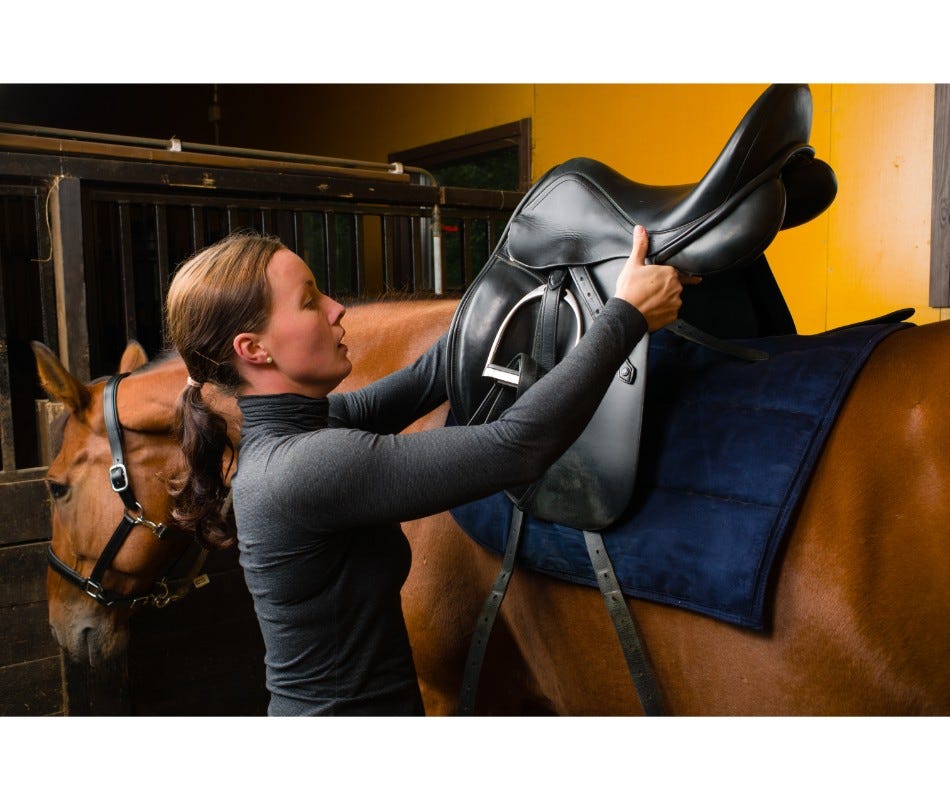
Bringing a horse back into work
Most of us know what it feels like to eagerly jump back into exercise after a lengthy break. And also suffering the consequences of that eagerness for the next few days. Horses are no different, however eager they may be to get going once that saddle goes on. Regardless of how enthusiastic your horse may be, remember how much fitness they lost over the winter months and keep the session light and brief.
Learn to recognise the symptoms of a sore horse, as they can be subtle; including a stiff gait, sluggish movement and lack of enthusiasm to exercise.
'Sporadic exertional Rhabdomyolysis' is a serious muscle condition that can happen when a horses training is increased too quickly. Particularly if they are coming from a low level of fitness. The horse can display firm and painful muscles, excessive sweating, quick/shallow breathing, rapid heart rate, and muscle tremors are also noticed.
Hot, humid days are more likely to cause problems due to extra loss of fluids and energy stores.
Remember that prevention is always better than cure and a gradual return to fitness will ensure your horses health. If you do find that your horse has exercised too hard and is suffering from muscular pain and inflammation AbButazone (Phenylbutazone) is a non-steroidal anti-inflammatory (NSAID) that is easy to measure and feed to your horse. Anti-inflammatories are a good temporary fix but use episodes like this as a true indicator of your horses level of fitness.
Feeding back to fitness
Bringing your horse back into work also means taking into account their diet. After having a spell over winter most horses will either need to lose or gain weight. They may also need supplements added to their feed to keep up with the extra energy requirements.
Horses are grazing animals; the bacteria in their gut is designed to process a diet high in roughage (grass, hay etc). However, sudden changes to their diet can cause large numbers of this bacteria to die off. This allows other types of bacteria to increase. This new gut environment can allow toxins to be absorbed by the horse. This then causes health problems like colic. A gradual change of the feed allows the bacteria time to adjust. The standard recommendations are to replace no more than 25% of the horses feed every second day. This is roughly a week to completely change to the new feed.
Hydration
As regular exercise commences, so will the horses demand for more water. Sweating is how a horse naturally cools down. Sweating also means dehydration and electrolyte loss. Dehydration can cause serious health issues if not addressed. Horses needs to have access to fresh water and consider electrolyte replacements depending on the level of exercise and if the weather is warmer.
Weight management
Often after having a spell for a few months your horse may need to lose a bit of weight. This can happen by simply getting back to exercise. If they have put a significant amount of weight on, they may need less food in conjunction with the exercise. In this case look at removing any kind of grain or feed supplements that can be higher in calories as well as treats like carrots and sugar cubes.Remember that each horse will lose weight at a different rate but it does take time and patience. Monitor their progress regularly and taking photos every couple of weeks is a good way to mark changes from week to week.
There are low calorie supplements available if you are concerned your horse isn't getting enough vitamins and minerals.
In contrast, if your horse has lost some weight by the end of winter then a gradual increase in their nutrition is needed. While most grains are high in calories and a good way to improve weight. Try and keep it to frequent small feeds and no more than 2.5kg/day.
Large quantities of grain are digested poorly by horses and can lead to hindgut ulcers and laminitis. So always follow the recommendations.
To increase the calories without over feeding grain, think about adding fat supplements like vegetable oil or a grass hay like lucerne to the horses diet.
Remember, when bringing a horse back into work after winter, a gradual exercise program along with appropriate changes to there diet (depending on their weight) is much more likely to prevent injury and illness.

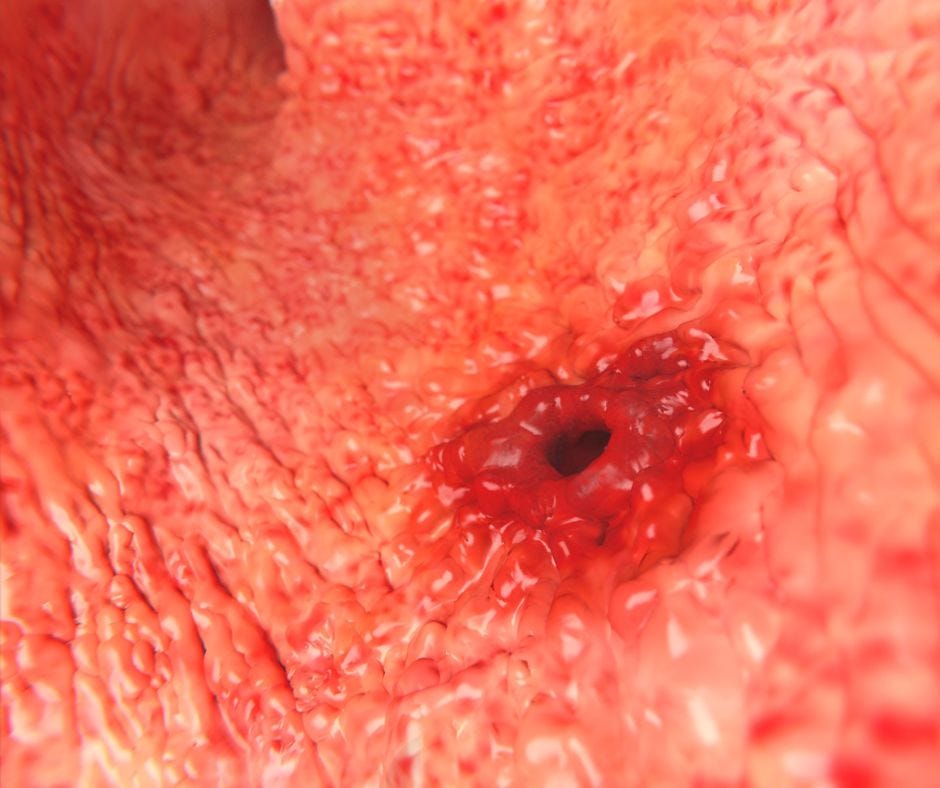
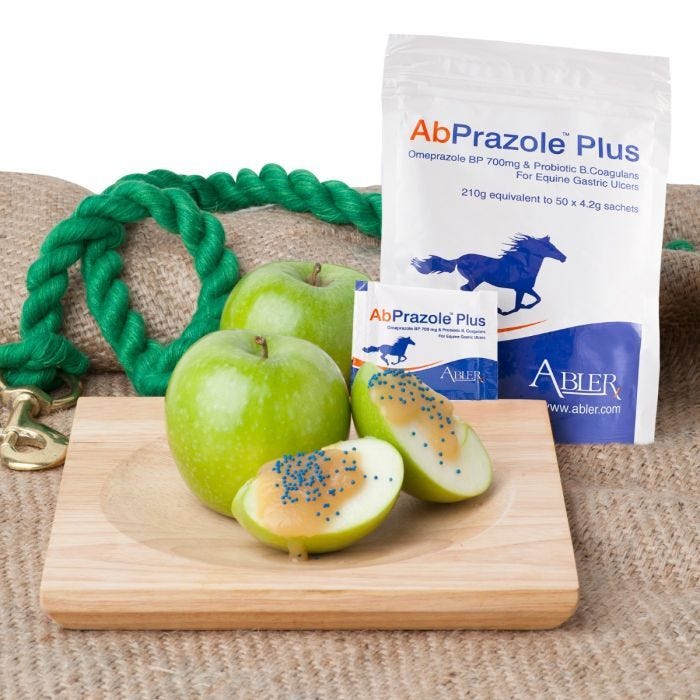
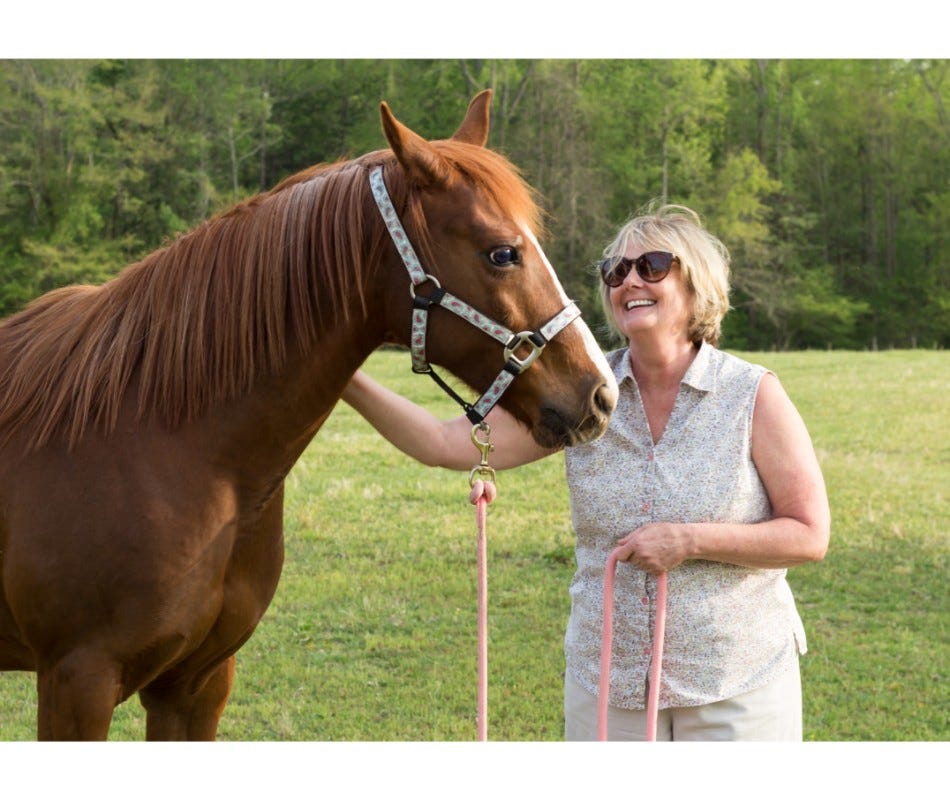
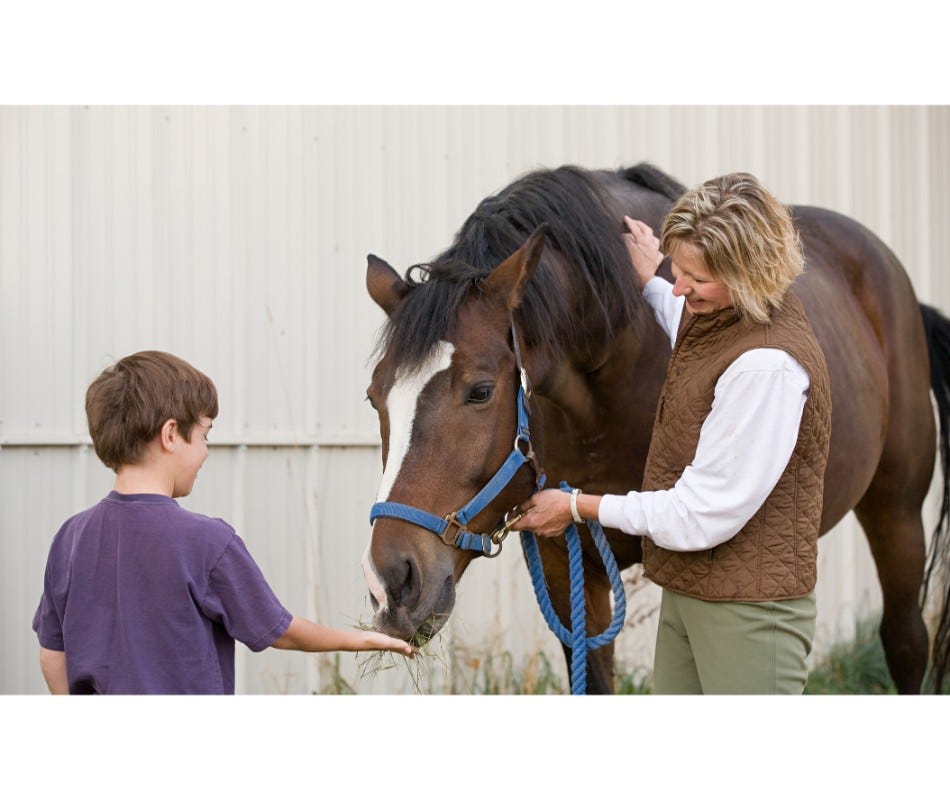
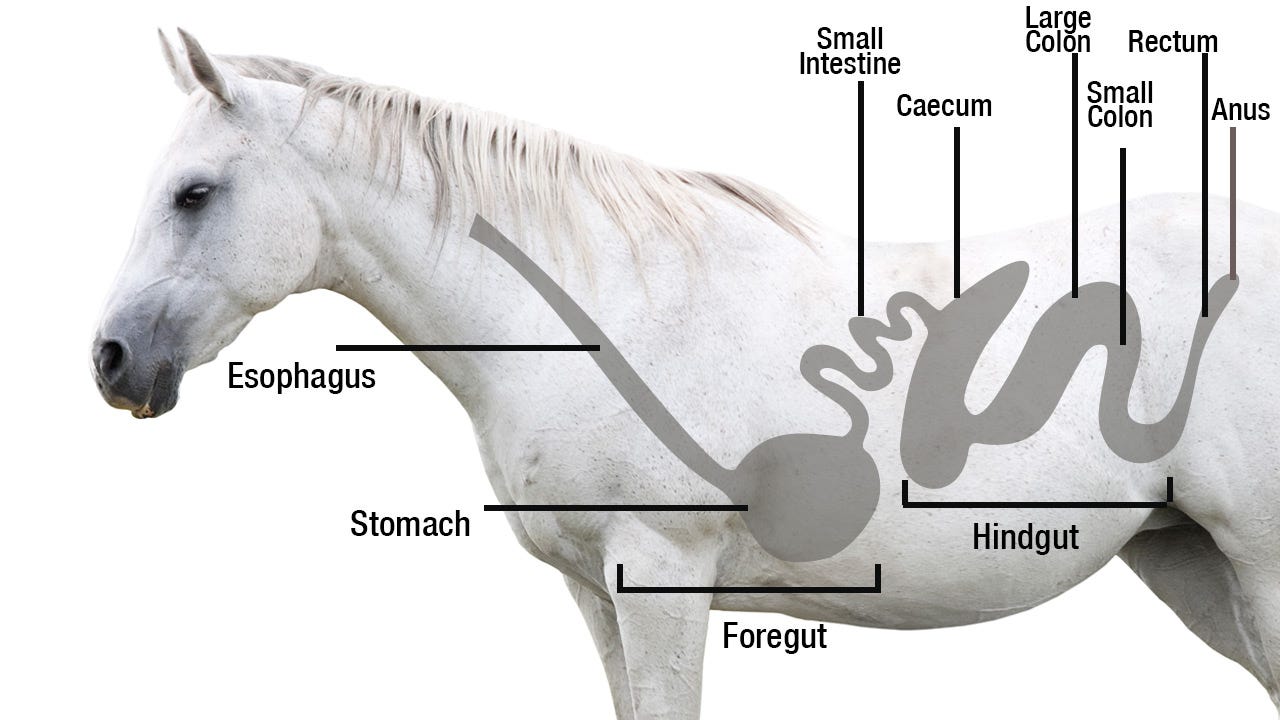
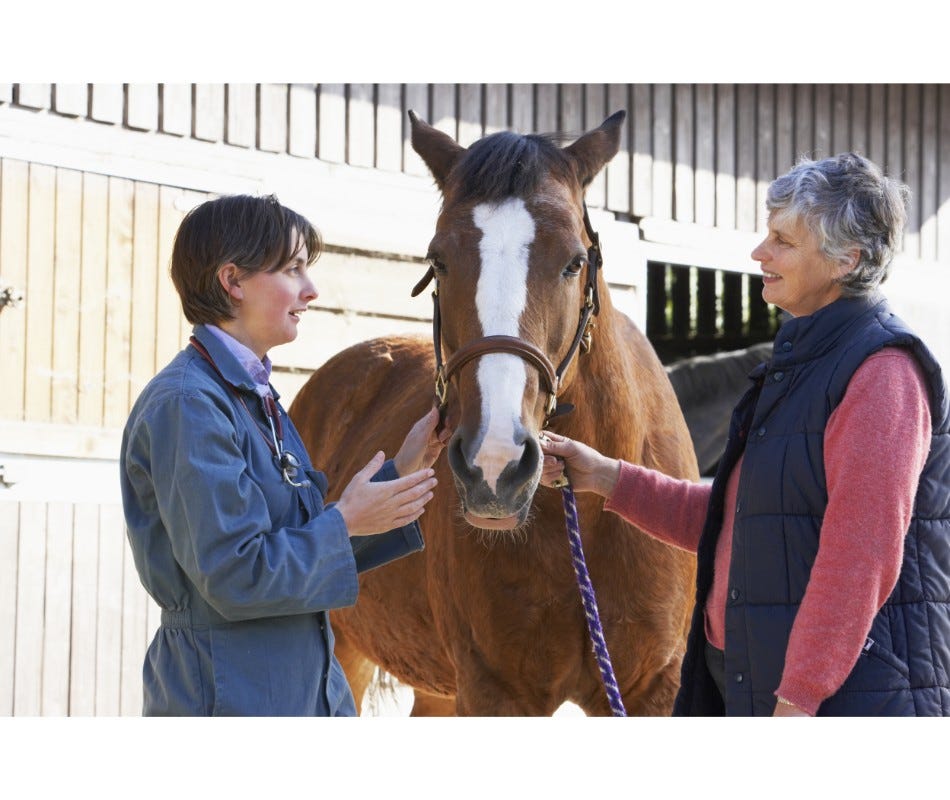
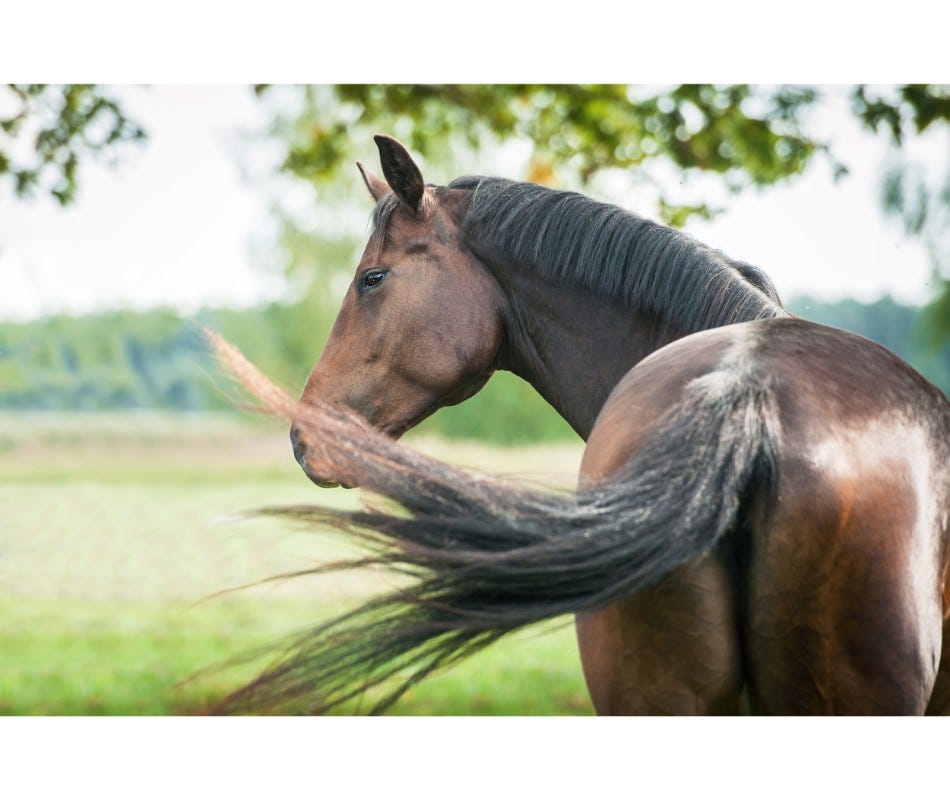
Validate your login